In the middle of Kibera, Africa’s largest slum, or “informal settlement” as the more politically correct term goes, is a microgrid-powered community center that provides clean water, showers, laundry facilities, internet service and classrooms for people who live in the surrounding neighborhood. The Kibera Town Center was built six years ago and funded by the Human Needs Project, a non-profit started by Danish actress Connie Nielsen. It seems that the new Kibera Town Center, and other community projects like it, are beginning to change life in Kibera – for the better.
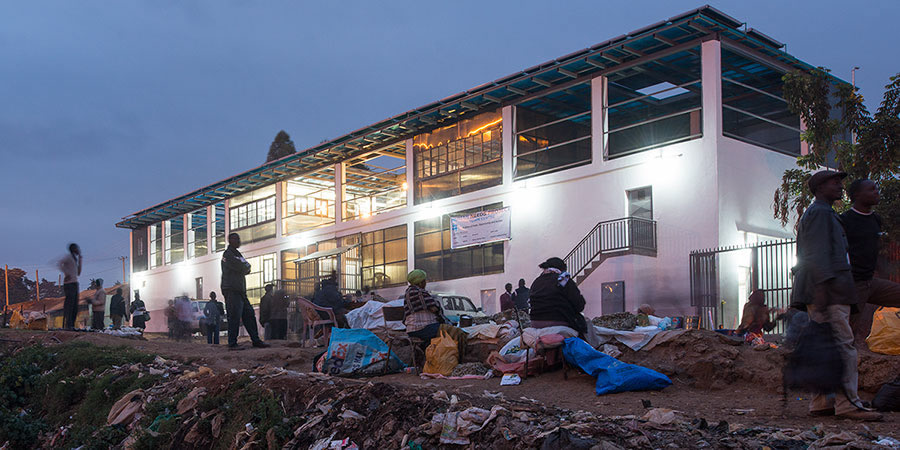
Serena Patel, an undergraduate energy engineering student at the University of California at Berkeley, has been working for the past year on a project to replace the Center’s grid and diesel power supply with a hybrid grid-tied microgrid that includes a 35 kW solar PV array and batteries, as well as diesel backup. Last year Patel won the “People’s Choice” award at the Berkeley Energy Resources Collaborative 2019 summit for her work in Kibera. The microgrid is intended to improve power reliability, cut electricity costs, and eventually expand to include a nearby school and neighborhood businesses. Using the HOMER Pro software to model the expansion, Patel found there is more than enough space on the school roof for solar panels that can serve the classroom load and produce extra electricity for shops nearby.
Furthermore, because of the new microgrid, the Kibera Town Center is already saving $10,000 year on utility bills. Between 2017 and 2018, the Center paid the Kenya Power & Lighting Company (Kenya Power) about $23,000, due to rates that can be as high as 20 cents per kWh. Now electricity costs will be about half that.
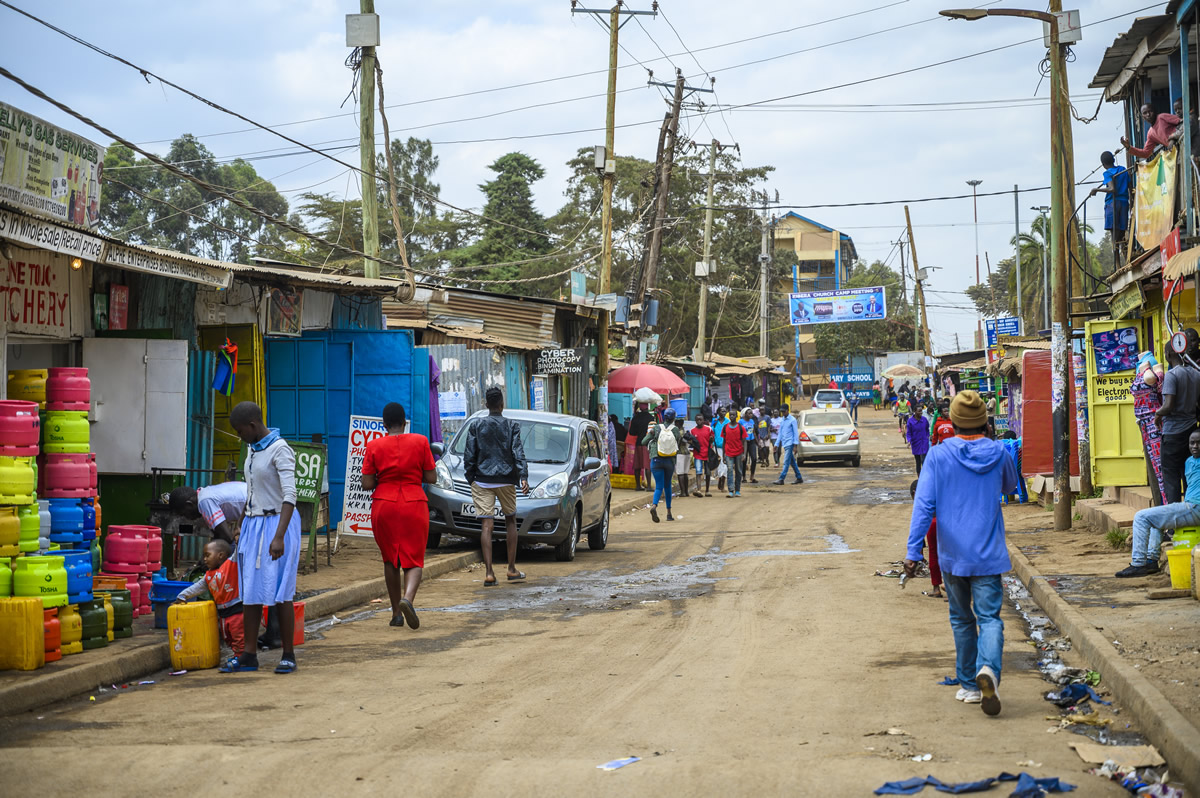
Communities like Kibera represent global urban migration trends
Created by the British Colonial government at the turn of the 20th century to house segregated African soldiers, Kibera has since grown into a massive settlement that is the largest slum in Africa. While official government estimates put the population at several hundreds of thousands, others count over a million people living in the community, which covers 2.5 square kilometers. That calculation depends partly on which neighborhoods are included in the sprawling community.
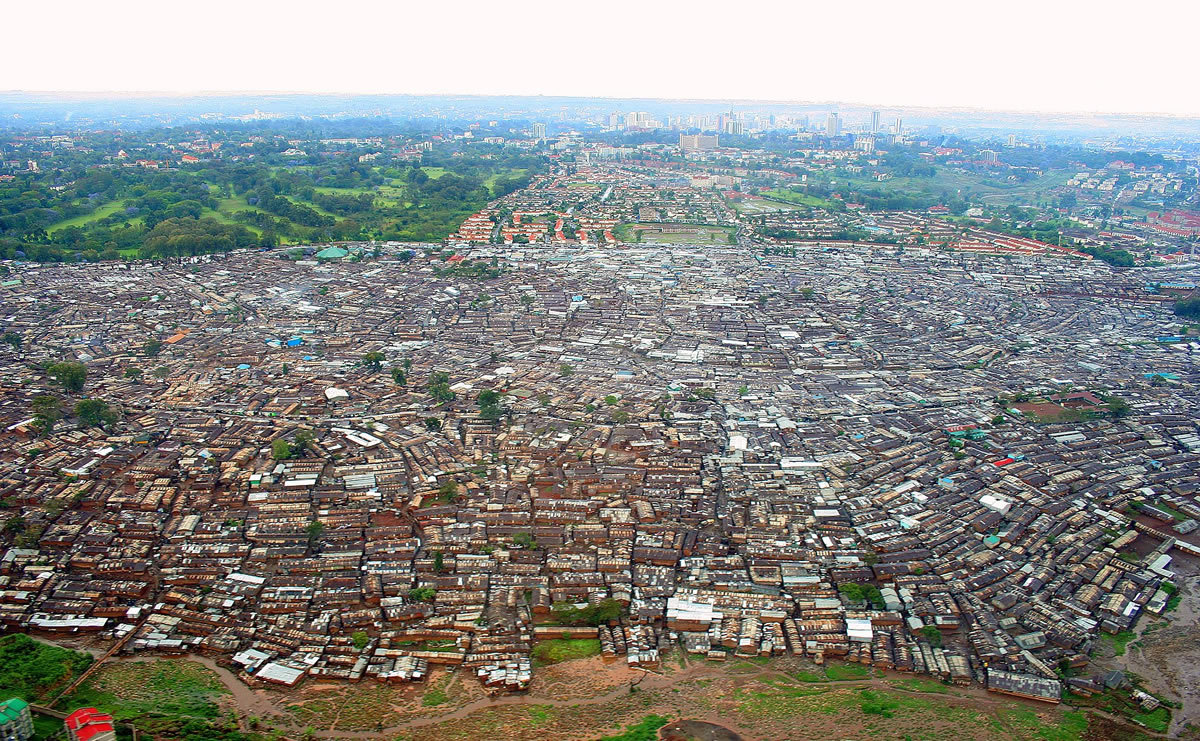
Many people living in Kibera are subject to political marginalization and disenfranchisement, which exacerbates unemployment rates. The international community and other NGOs have stepped in to provide basic needs to places like Kibera, but they often lack the consistent, long-term funding appropriate for affordable water and energy services. With intermittent basic provisions, lagging health services, and higher rates of illness, it’s much easier for people living in Kibera to be stuck in the cycle of poverty and turn to illegal activity to fulfill their needs.
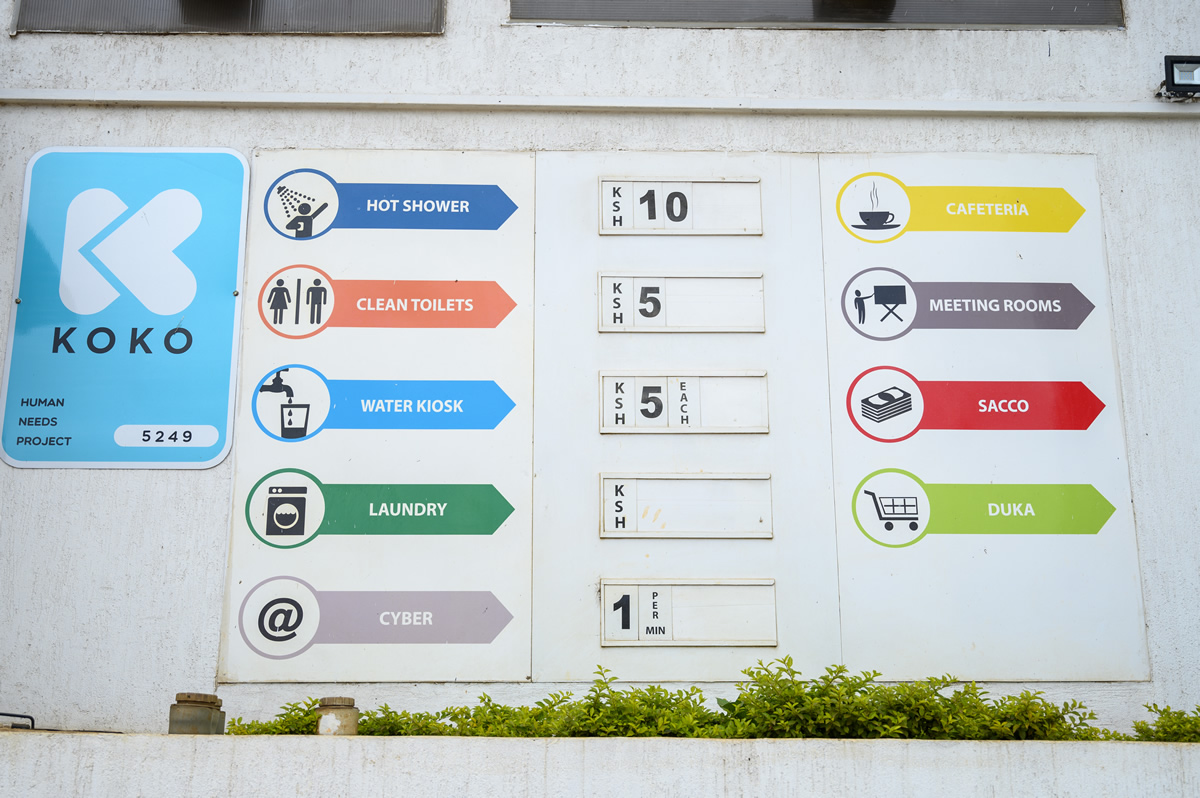
A year after installation, services are improved but monitoring is a key challenge for the Kibera microgrid
Returning to Kibera after an initial trip last year, Patel says that the Town Center is providing newfound optimism for Kibera residents. “I see a big interest in solar power, internet connectivity, which is vastly improved because of stable electricity. People tell me they come to the Center for the internet and the computers.” For the first time, the Town Center is connecting young people in Kibera to online educational resources and providing hope for job prospects. Another benefit is that people can use Center electricity to charge battery packs and take them home for lighting and cell phone charging. Meanwhile, clean water pumped from a deep, new well is giving everyone more dignity and a break from debilitating daily tasks. Without the Town Center, women – for example – would have to wash their laundry in dirty water then guard it vigilantly so it would not be stolen off clotheslines while drying.
Patel notes that it was good to go back to Kibera a year after the microgrid installation and understand the biggest challenges, which have to do with maintenance and monitoring.The center has a team of electricians on the ground constantly working on maintenance of the system. They’re from Kibera and have been getting good career opportunities from that. ” she says. “That’s overwhelming for them. Now we’re trying to gather a lot more data so we can better empower the team on the ground,” Patel adds. “It’s really a technology management and monitoring issue.”
A shadow economy provides infrastructure in the world’s largest slums
In Kibera and other urban shantytowns, the lack of infrastructure fosters shady cartels that coalesce to supply electricity and water to the residents, sometimes at exorbitant prices. According to the World Bank, Kibera inhabitants might pay private vendors eleven times more for water than people who live in Nairobi, where piped water is available. The Center sells water at affordable prices to the community and gives free water to the neighboring school of 4000 students. Energy access is also usually provided by “unofficial” entrepreneurs who set up illegal taps and (re) sell power to Kibera dwellers. However, in Kibera, the electricity payments are at much more affordable rates. So even when the utility subsidized connection fees for low-income residents, tapping in is less expensive. Patel notes that 90 percent of the people in Kibera don’t use metered utility power, because they don’t trust how meters measure electricity or that utility pricing is fair. “It’s a thing regulated by the community,” she says. “Theft is a huge problem.” Customers typically pay a flat rate of three or four dollars per month for intermittent and unreliable power.But, things might be changing, adds Patel, because Kenya recently passed net metering regulations plus a law allowing small businesses to bypass the utility and sell electricity directly. The new rules could open up new markets for distributed generation and provide more reliable power while disrupting existing practices.
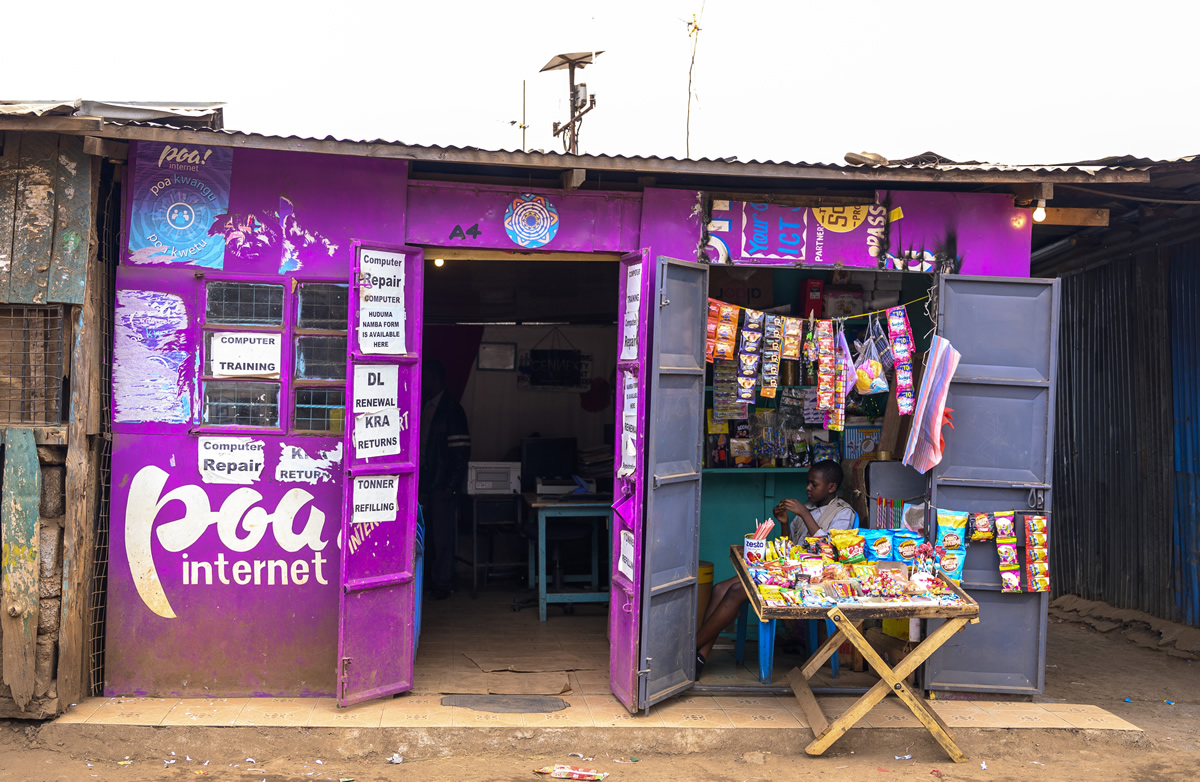
Infrastructure improvements are vital to create sustainable cities for the future
The U.N. says that 68 percent of the world’s population is expected to live in urban areas by 2050. Urban migration has been rapidly increasing for decades and is a concerning trend, as people leave rural areas, searching for work in cities and fleeing conflict and drought. Ballooning populations have created unsustainable conditions in these sprawling communities, mostly in developing countries, where the problem is most acute. The new megacities don’t even have enough infrastructure to support existing populations, let alone more arrivals. Developing viable energy systems, water, housing and transportation will be key to the sustainability of these future megacities, according to the U.N.

Judging from the way the new Kibera Town Center project is evolving, microgrids can be a key element of a sustainable urban strategy. Join us at the HOMER International Microgrid Conference October 7-9 in Cambridge, MA to hear presentations from Serena Patel and others about how microgrids impact energy access in the cities of the developing world.

